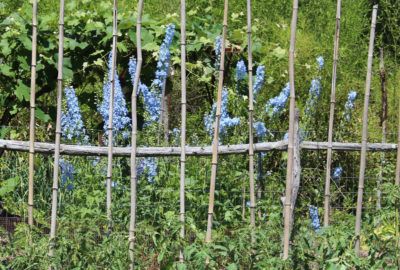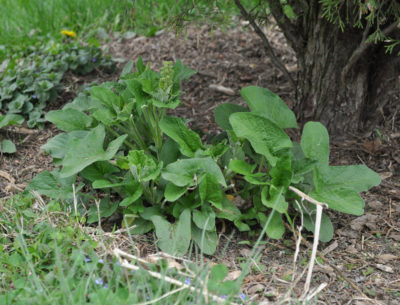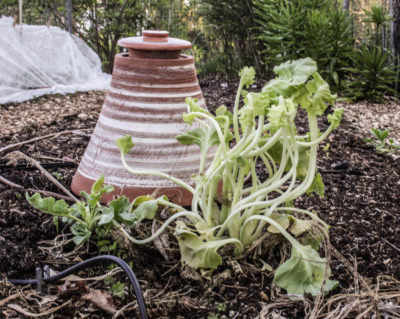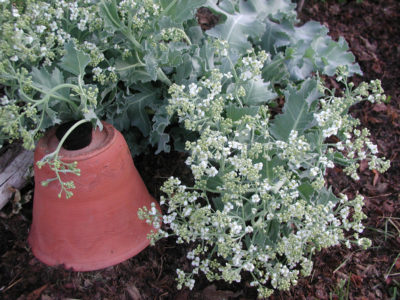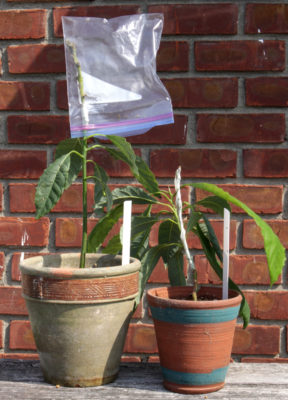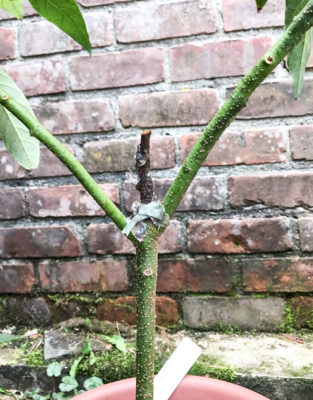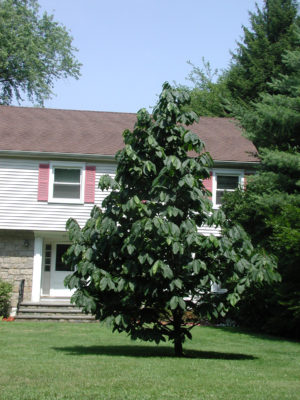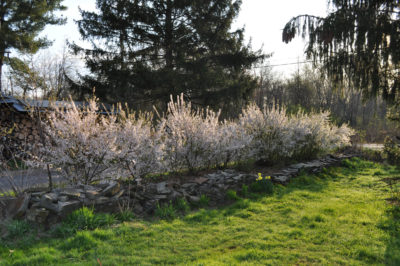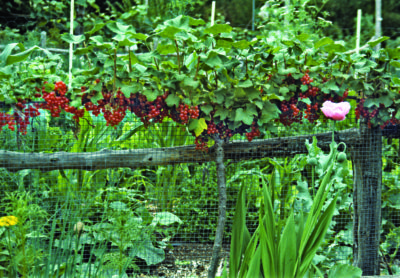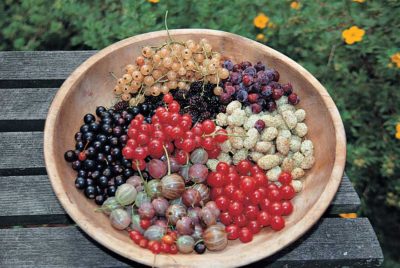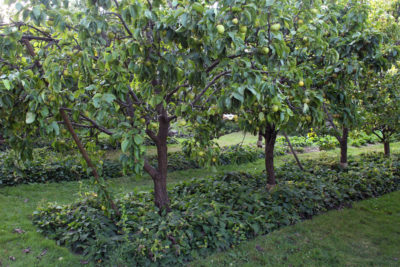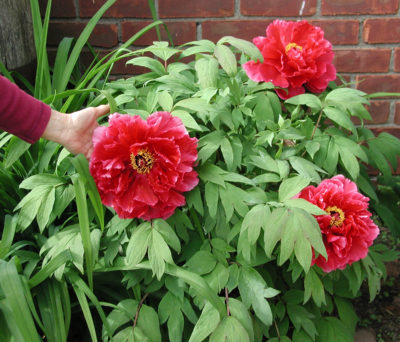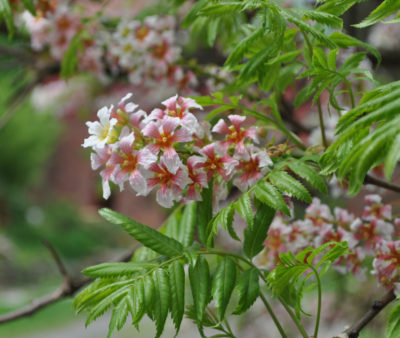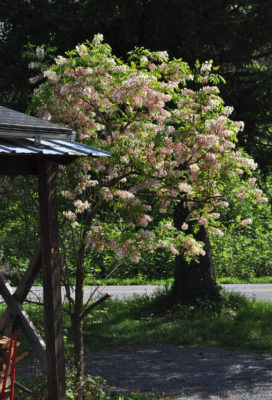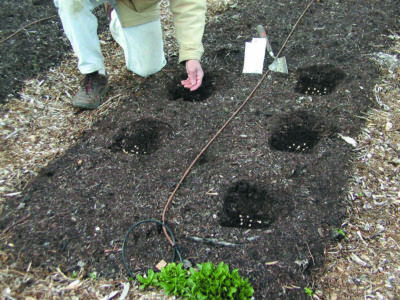A Cardinal And A Jewel
And This Year’s Winner Is . . .
Organizations annually tout their “plant of the year.” There’s the Perennial Plant Association’s 2017 plant of the year butterfly weed (Asclepias tuberosa); Proven Winners 2017 Landscape Plant of the Year is Yuki Cherry Blossom Deutzia; American Conifer Society Collectors’ Conifer of the Year is Primo Eastern Arborvitae (Thuja occidentalis ‘IslPrim’); Assembly magazine’s 2016 Plant of the Year is Bosch Rexroth . . . whoops, the last is an assembly plant (hydraulic motors and pumps). Anyway, you get the picture.
How about a new category, the Weed of the Year? Here on my farmden, I nominate and elect jewelweed (Impatiens capensis). This weed is all over the place this year, even far from where it’s been in the past. For this weed, being all over the place is its only flaw.
On the positive side, jewelweed is a pretty plant with very succulent stems sporting orange, sometimes yellow flowers. 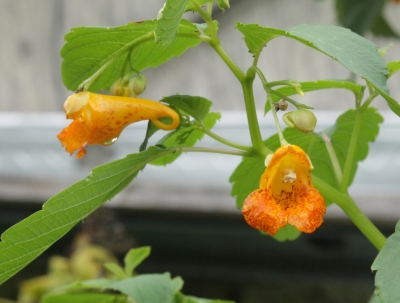 It’s also been called touch-me-not for the way its seed capsules burst open with the slightest touch to project their seeds many feet — a useful characteristic for helping a weed spread although it doesn’t explain jewelweed’s spreading here in one season over a hundred feet and to the other side of my house. It’s close relative, the widely planted annual flower, impatiens, does the same thing without becoming weedy; both plants also enjoy and flower in either sun or deep shade.
It’s also been called touch-me-not for the way its seed capsules burst open with the slightest touch to project their seeds many feet — a useful characteristic for helping a weed spread although it doesn’t explain jewelweed’s spreading here in one season over a hundred feet and to the other side of my house. It’s close relative, the widely planted annual flower, impatiens, does the same thing without becoming weedy; both plants also enjoy and flower in either sun or deep shade.
Jewelweed often grows as a neighbor to poison ivy, which perhaps by some odd reasoning (to me) gave it a reputation for use as a treatment for poison ivy. My friend Bob, usually a clear thinker and very susceptible to poison ivy, decided to treat his rash, one year with jewelweed. He reported a success, as an afterthought mentioning that he applied it in conjunction with cortisone. (I’ll expect a lot of feedback, testimonials for jewelweed.)
Jewelweed’s main asset is how easy it is to remove. Even large stalks lift easily out of the ground, roots intact, with minimal soil disturbance. A machete or scythe slices easily through the stalks without the slightest resistance to decapitate the plants.
Each year in the garden is different. Jewelweed’s plans for next year won’t be evident until next June.
Red In The Shade!
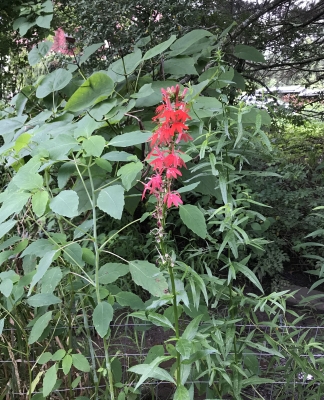
Cardinal flower I planted
Slicing through a stand of jewelweed with my scythe in the deep shade along the seasonal, small stream (a ditch) in front of my property, I was taken aback by a 3-foot-high spike of fire engine red flowers. More scything, and then another spike appeared. I thought back to spring, and remembered planting cardinal flower (Lobelia cardinalis) along the stream/ditch this past spring.
Cardinal flower never ceases to take my breath away. Deep shade is not usually home to lots of showy flowers, and especially not flowers in traffic stopping colors. Only a few times in my life have I come upon cardinal flowers in the wild, and — you guessed it — each time they took my breath away.
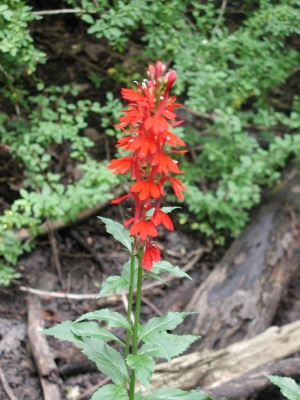
Wild cardinal flower
Each time they were also in deep shade alongside water. Hence my choice of site for last spring’s planting.
Cardinal flowers are easily grown from seed, and no need to have a lot of them for bold effect. The plant to grow is the species, not one of the “improved” varieties. Many varieties have been bred or selected, including Alba (white flowers), Heather Pink, Angel Song (salmon and cream flowers), Ruby Slippers, and Twilight Zone (pink flowers). Color of the straight species is usually red, a very pure red, untainted by a hint of blue as are so many other red flowers.
Two Weeds(?)
Jewelweed and cardinal flower have much in common: both are native, both grow in shade, and both are pretty plants. Jewelweed is a self-seeding annual.
Cardinal flower is a perennial, unfortunately a short-lived perennial. It does self-seed to some degree for new plants to replace dead ones, but not enough for my needs. I grew my originals from seed, which is not at all difficult, and intend to do so again. If only cardinal flower could learn some reproductive habits from its neighbor in the shade.

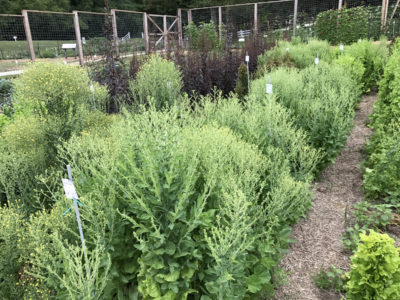 Lettuce that flowers — “goes to seed” — becomes bitter and tough. In my own garden, I aspire to have no lettuce spires by sowing lettuce seeds every couple of weeks for a regular harvest of mild-flavored, succulent leaves or heads. The plants don’t have time to bolt.
Lettuce that flowers — “goes to seed” — becomes bitter and tough. In my own garden, I aspire to have no lettuce spires by sowing lettuce seeds every couple of weeks for a regular harvest of mild-flavored, succulent leaves or heads. The plants don’t have time to bolt.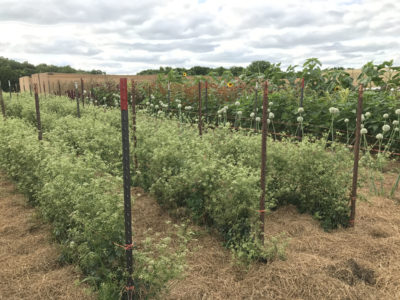
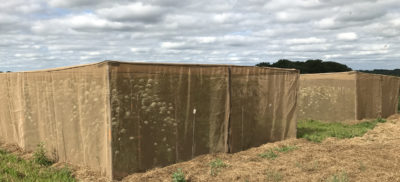
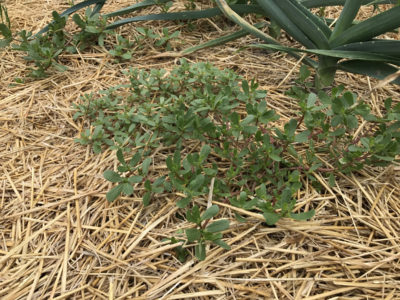 pigweed, common yellow wood sorrel (Oxalis sricta) and — my worst weed — creeping woodsorrel (Oxalis corniculata). I’m jerking each thistle out with a gloved hand. Yes, roots left in the ground will resprout. I’ll just keep jerking them out until they expend all their stored fuel and before new shoots can start pumping new fuel down to the roots, and the plants will die. I poke my hori-hori knife right at the roots of crabgrass and toss the severed tops into the compost bucket.
pigweed, common yellow wood sorrel (Oxalis sricta) and — my worst weed — creeping woodsorrel (Oxalis corniculata). I’m jerking each thistle out with a gloved hand. Yes, roots left in the ground will resprout. I’ll just keep jerking them out until they expend all their stored fuel and before new shoots can start pumping new fuel down to the roots, and the plants will die. I poke my hori-hori knife right at the roots of crabgrass and toss the severed tops into the compost bucket.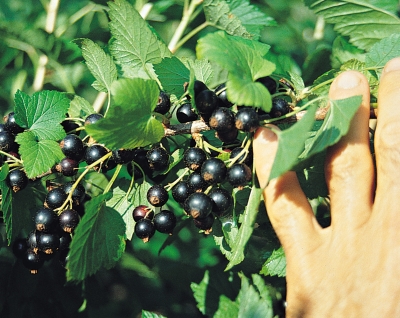
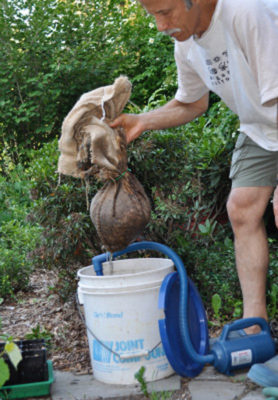
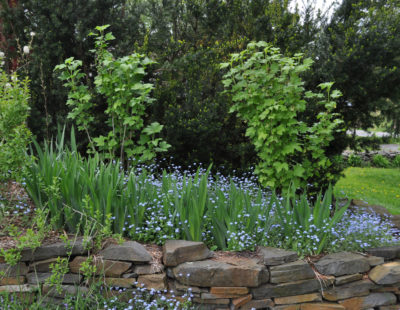
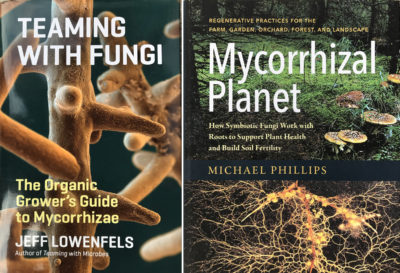
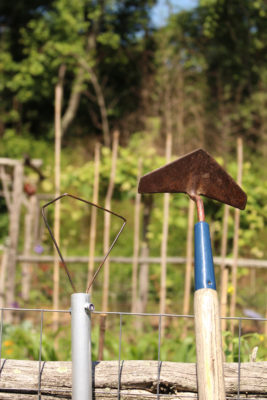 All the better to forestall the appearance of large weeds, which are much harder to kill and also threaten to spread seeds or grow strong roots. Regular hoeing also keeps the soil surface loose to better absorb rainfall.
All the better to forestall the appearance of large weeds, which are much harder to kill and also threaten to spread seeds or grow strong roots. Regular hoeing also keeps the soil surface loose to better absorb rainfall.

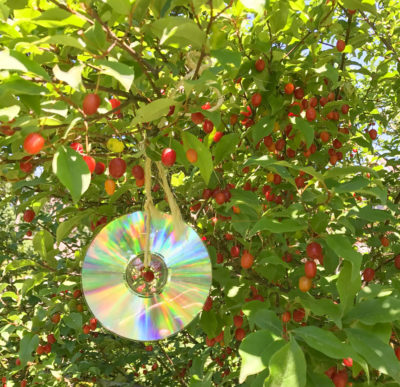
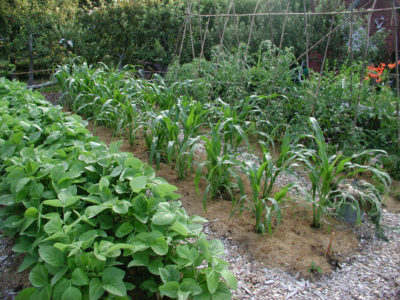
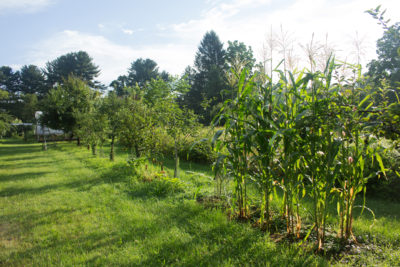
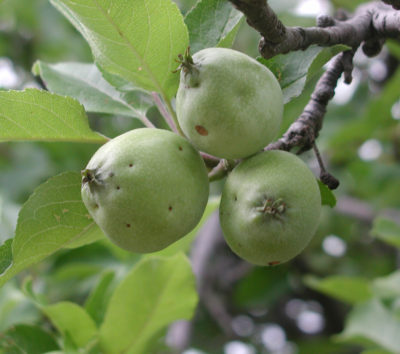
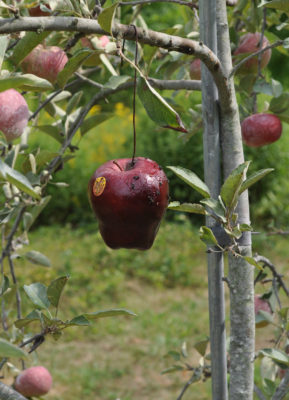
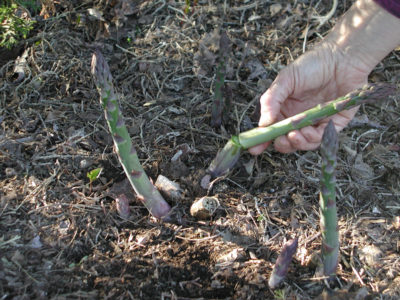 But the stalks of my asparagus are snapped off the plants within 100 feet of the kitchen door, clocking in at anywhere from a few minutes to an hour of time before they’re eaten. It’s not my green thumb that makes my asparagus taste so good. It’s the fact that I can harvest it within 100 feet of my kitchen door.
But the stalks of my asparagus are snapped off the plants within 100 feet of the kitchen door, clocking in at anywhere from a few minutes to an hour of time before they’re eaten. It’s not my green thumb that makes my asparagus taste so good. It’s the fact that I can harvest it within 100 feet of my kitchen door.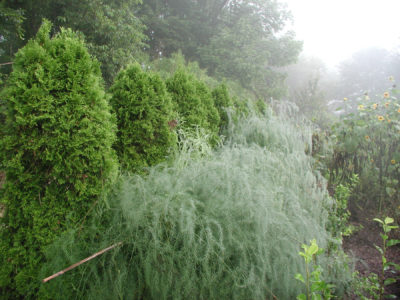
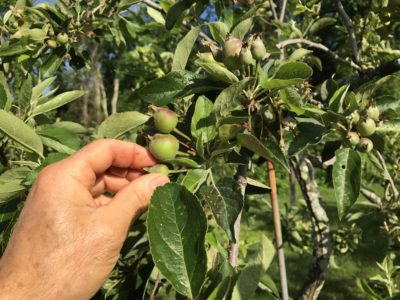
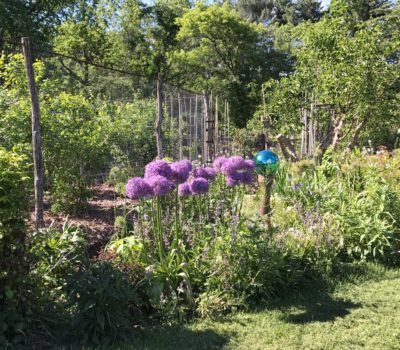 The most dramatic response has been in the delphiniums, dames rockets, and giant alliums. With cool temperatures, their colorful displays go on and on.
The most dramatic response has been in the delphiniums, dames rockets, and giant alliums. With cool temperatures, their colorful displays go on and on.